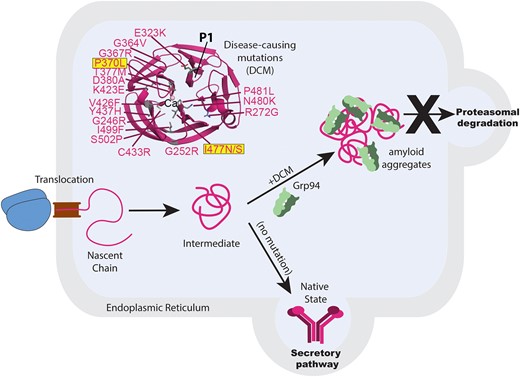2025-02-26 カリフォルニア大学ロサンゼルス校 (UCLA)
<関連情報>
- https://newsroom.ucla.edu/stories/treatment-strategy-reprograms-brain-cancer-cells-halting-tumor-growth
- https://www.pnas.org/doi/10.1073/pnas.2415557122
放射線誘発性細胞可塑性がグリオーブラストーマのフォルスコリン媒介分化を促進するRadiation-induced cellular plasticity primes glioblastoma for forskolin-mediated differentiation
Ling He, Daria Azizad, Kruttika Bhat, +6, and Frank Pajonk
Proceedings of the National Academy of Sciences Published:February 26, 2025
DOI:https://doi.org/10.1073/pnas.2415557122

Significance
The distinctive nature of glioblastoma (GBM) and the blood–brain barrier (BBB) are obstacles for therapies that aim to permanently stop glioma cells from dividing. Similar to reprogramming normal cells, “differentiation therapies” try to push cancer cells into a flexible state and then guide them to differentiate into nondividing cells. Our study shows that using radiation first and then activating adenylate cyclase can solve the problems found in earlier work. Irradiation induces a flexible cellular state, and the addition of an adenylate cyclase activator helps turn them into types that cannot regrow tumors. This combined approach works well against GBM and suggests that using radiotherapy together with carefully timed differentiation treatments that force cells to mature could improve treatment outcome.
Abstract
Glioblastoma (GBM) is the deadliest brain cancer in adults, and all patients succumb to the tumor. While surgery followed by chemoradiotherapy delays disease progression, these treatments do not lead to tumor control, and targeted therapies or biologics have failed to further improve survival. Utilizing a transient radiation-induced state of multipotency, we used the adenylcyclase activator forskolin to alter the fate of irradiated glioma cells. The effects of the combined treatment on neuronal marker expression, cell cycle distribution, and proliferation were studied. Gene expression profiling was conducted using bulk RNA-seq. Changes in cell populations were investigated using single-cell RNA-seq. Effects on glioma stem cells (GSCs) were studied in extreme limiting dilution assays, and the effects on median survival were studied in both syngeneic and PDOX mouse models of GBM. The combined treatment induced the expression of neuronal markers in glioma cells, reduced proliferation, and led to a distinct gene expression profile. scRNA-seq revealed that the combined treatment forced glioma cells into a microglia- and neuron-like phenotype. In vivo, this treatment led to a loss of GSCs and prolonged median survival. Collectively, our data suggest that revisiting a differentiation therapy with forskolin in combination with radiation could lead to clinical benefit.


